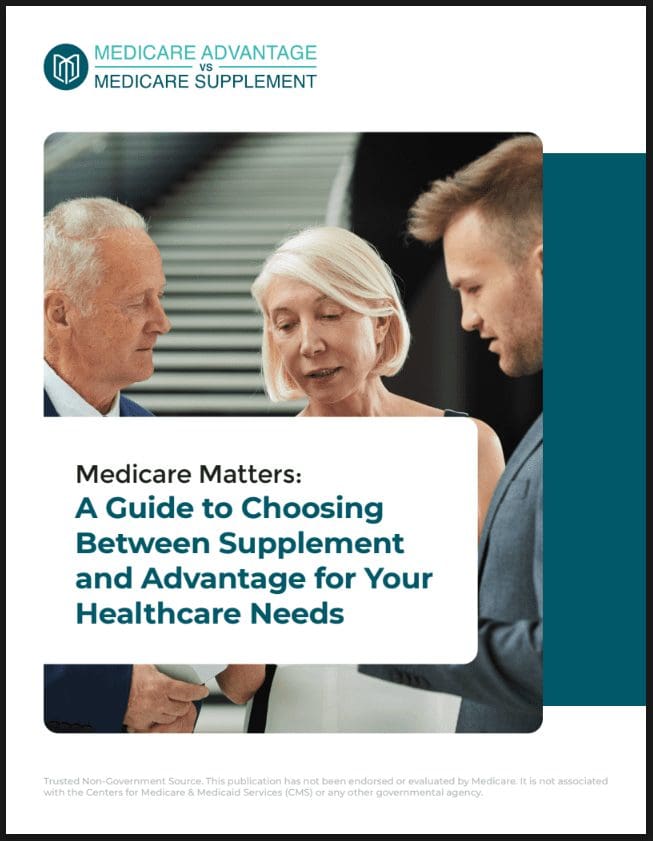Key Takeaways
-
Medicare comes with real, recurring costs in 2025, and these can significantly impact your monthly budget if you’re not prepared.
-
Understanding how premiums, deductibles, and out-of-pocket limits work will help you make informed decisions when choosing or using your Medicare coverage.
Medicare Isn’t Free—You’ll Pay for the Benefits You Use
Medicare often gets misunderstood as a cost-free program, but in 2025, that’s far from the truth. While it certainly offers valuable coverage for hospital stays, doctor visits, and prescriptions, there are definite costs you need to plan for. These costs vary depending on the parts of Medicare you enroll in and whether you choose to pair Original Medicare with supplemental coverage or opt for an alternative plan structure.
The Core of Medicare: Part A and Part B
Medicare Part A: Hospital Insurance
Most people qualify for premium-free Part A because they or a spouse worked and paid Medicare taxes for at least 10 years. But there are still other costs you need to consider:
-
Inpatient hospital deductible: $1,676 per benefit period
-
Coinsurance:
-
Days 1–60: $0
-
Days 61–90: $419 per day
-
Days 91 and beyond: $838 per lifetime reserve day (up to 60 days)
-
-
Skilled nursing facility coinsurance: $209.50 per day for days 21–100
Medicare Part B: Medical Insurance
Part B comes with a standard monthly premium of $185 in 2025. This amount could be higher depending on your income level. Along with the premium, expect these additional costs:
-
Annual deductible: $257
-
Coinsurance: Generally, you’ll pay 20% of Medicare-approved services after meeting the deductible
You must be enrolled in both Part A and Part B to access other forms of Medicare coverage.
What About Medicare Part D? (Prescription Drug Coverage)
Prescription drug coverage is crucial in retirement, and for many, it comes through Medicare Part D. In 2025, a major change has taken effect: there’s now a $2,000 annual cap on out-of-pocket costs for prescription drugs.
Here’s how the general structure looks:
-
Annual deductible: Up to $590
-
Initial coverage phase: You pay a portion of drug costs (copay or coinsurance)
-
Catastrophic coverage: Once you reach the $2,000 threshold, the plan covers 100% of eligible drug costs for the remainder of the year
This new cap eliminates the previous coverage gap, often referred to as the “donut hole,” providing more predictability for those with high drug costs.
Other Costs You Should Prepare For
Medicare doesn’t cover everything. You’ll want to think about additional expenses that can catch you off guard:
-
Dental, vision, and hearing services: Original Medicare doesn’t cover these
-
Long-term care: Custodial care in a nursing home or assisted living facility isn’t covered
-
Foreign travel emergencies: Coverage is extremely limited
Many people purchase additional coverage or set aside savings to deal with these costs.
How Income Impacts Your Medicare Premiums in 2025
If your income is higher, you may be required to pay more for Medicare Part B and Part D. These additional amounts are known as Income-Related Monthly Adjustment Amounts (IRMAA).
For 2025, the income thresholds are:
-
Individuals: More than $106,000
-
Married couples (filing jointly): More than $212,000
If your income exceeds these limits, your monthly premiums for both Part B and Part D will be adjusted accordingly.
Out-of-Pocket Maximums in 2025
While Original Medicare does not include a maximum out-of-pocket limit, certain coverage combinations do. For example:
-
Medicare Advantage plans are required to have an annual out-of-pocket limit for in-network care. In 2025, this limit is $9,350 for in-network services.
-
Prescription drugs under Part D now have the $2,000 cap
Supplemental coverage, like Medigap, can also help reduce your out-of-pocket exposure, though it comes with its own premiums.
Timing Matters: Enrollment Periods and Late Penalties
Enrolling in Medicare at the right time helps you avoid late penalties that can increase your monthly costs permanently.
-
Initial Enrollment Period (IEP): Starts 3 months before you turn 65 and ends 3 months after the month you turn 65
-
General Enrollment Period: January 1 to March 31 each year (for those who missed IEP)
-
Special Enrollment Periods: Available if you lose employer coverage or experience certain life events
Penalties to Avoid:
-
Part B late enrollment penalty: 10% for each full 12-month period you delay, added to your premium for life
-
Part D late enrollment penalty: 1% of the national base premium for each month you were uncovered
Coordination with Employer Coverage or Other Insurance
If you’re still working at 65 or covered under a spouse’s plan, timing your Medicare enrollment becomes more complex. In most cases, if your employer has 20 or more employees, you can delay Part B and Part D without penalty. However, it’s vital to confirm whether your existing coverage is considered creditable.
Questions to Ask:
-
Is your current employer plan creditable?
-
Will you need to enroll in Part A even if you delay other parts?
-
What happens when you retire?
These details can directly impact your total costs and should be reviewed carefully.
Planning for Annual Changes
Medicare costs and benefits are reviewed annually. That means:
-
Premiums may increase
-
Deductibles and coinsurance amounts can be adjusted
-
Coverage rules and limits may shift
For 2025, the updates include:
-
A higher Part B premium and deductible
-
An increased Part D deductible, but with a new $2,000 cap
-
Adjusted income thresholds for IRMAA
It’s wise to review your coverage every fall during Open Enrollment (October 15 to December 7) to make necessary changes for the upcoming year.
Medicare and Long-Term Financial Planning
Your healthcare costs are a key part of retirement planning. Even with Medicare, it’s possible to spend thousands of dollars annually on premiums, deductibles, and services not covered.
Steps You Can Take:
-
Build a healthcare budget that includes all potential Medicare costs
-
Consider supplemental coverage to manage risk
-
Use a Health Savings Account (HSA) before retirement if eligible
-
Stay informed about yearly Medicare changes
You should also review your Medicare Summary Notice (MSN) or Explanation of Benefits (EOB) regularly to track what you’re spending and where you might save.
A Reality Check for 2025
In 2025, Medicare offers valuable protection, but it is not free. Even if you qualify for premium-free Part A, you will face monthly premiums for Part B, possible IRMAA adjustments, prescription drug costs, and out-of-pocket costs when you need care. Without careful planning, these expenses can erode your retirement income.
The best approach is to stay informed, evaluate your options each year, and prepare for the known and unknown costs that come with healthcare as you age.
Making Sense of Your Medicare Costs
Understanding the real costs of Medicare in 2025 can help you avoid surprises, penalties, and financial strain. Take time to review your options, know what you’re paying for, and prepare ahead.
If you’re feeling overwhelmed or just want reassurance you’re on the right track, get in touch with a licensed agent listed on this website for professional advice tailored to your situation.










